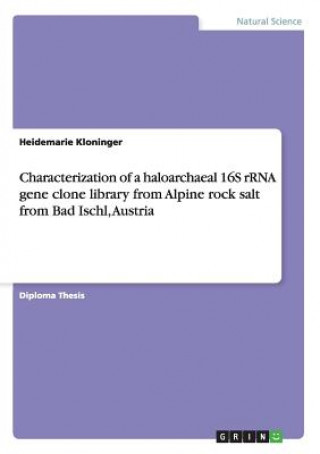
Kód: 01595440
Characterization of a haloarchaeal 16S rRNA gene clone library from Alpine rock salt from Bad Ischl, Austria
Autor Heidemarie Kloninger
Diploma Thesis from the year 2002 in the subject Biology - Micro- and Molecular Biology, grade: 1,0 (A), University of Salzburg (Institute for Genetics and General Biology), language: English, abstract: Using a new method to extra ... celý popis
- Jazyk:
 Angličtina
Angličtina - Vazba: Brožovaná
- Počet stran: 98
Nakladatelství: Grin Publishing, 2007
- Více informací o knize

Mohlo by se vám také líbit
-
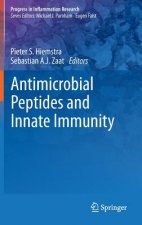
Antimicrobial Peptides and Innate Immunity
5094 Kč -
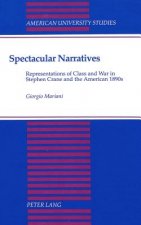
Spectacular Narratives
1196 Kč -
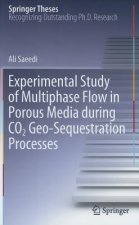
Experimental Study of Multiphase Flow in Porous Media during CO2 Geo-Sequestration Processes
3313 Kč -
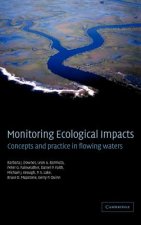
Monitoring Ecological Impacts
4932 Kč -
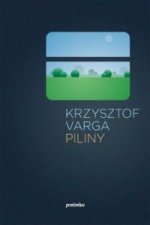
Piliny
171 Kč -
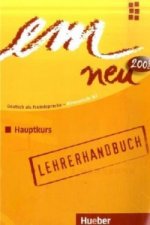
Lehrerhandbuch
480 Kč -
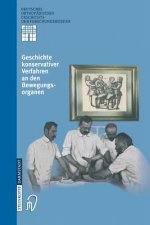
Geschichte Konservativer Verfahren an den Bewegungsorganen
1830 Kč
Darujte tuto knihu ještě dnes
- Objednejte knihu a zvolte Zaslat jako dárek.
- Obratem obdržíte darovací poukaz na knihu, který můžete ihned předat obdarovanému.
- Knihu zašleme na adresu obdarovaného, o nic se nestaráte.
Více informací o knize Characterization of a haloarchaeal 16S rRNA gene clone library from Alpine rock salt from Bad Ischl, Austria
Nákupem získáte 175 bodů
 Anotace knihy
Anotace knihy
Diploma Thesis from the year 2002 in the subject Biology - Micro- and Molecular Biology, grade: 1,0 (A), University of Salzburg (Institute for Genetics and General Biology), language: English, abstract: Using a new method to extract total community DNA of Alpine Permo-Triassic rock salt sediment samples, which involved centrifugation instead of ultrafiltration for enrichment of cells and several washing steps for detaching cells from sediment particles, Archaeal biodiversity was re-examined . For this purpose, a 16S rRNA gene clone library was created and archaeal sequences were characterized via phylogenetic analysis of amplified ribosomal DNA restriction analysis (ARDRA) with DdeI and 16S rDNA sequencing as well as denaturing gradient gel electrophoresis analysis (DGGE). Inserts of clones representing ten ARDRA groups were analysed with partial sequence analysis and representatives of different phylogenetic groups were sequenced double stranded. This possibility of rapid characterization of a total clone library via restriction analysis facilitated the detection of low abundance phylotypes. The 16S rRNA gene library contained 11 different phylotypes, all of which belonged to the Halobacteriaceae. Fifty-three partial haloarchaeal sequences were obtained as well as twenty total insert sequences of clones. Four novel phylotypes clustered tightly with four sequence clusters found in a previous study of Archaeal biodiversity of Alpine rock salt (Radax et al. 2001). One sequence (HW 50) had 99.0% identity to Halococcus morrhuae and another (HW 23) had 97% identity to Natronomonas pharaonis. Four phylotypes were closely related to cultured Halobacteriaceae (more than 97% similarity) and to strains isolated from salt mine brines; one phylotype was 94-94.6% similar to mainly alkaliphilic halobacteria. Six phylotypes were only remotely related to cultured Halobacteriaceae (less than 89-92% similarity), suggesting that they represent uncultured novel haloarchaeal taxa in rock salt. The novelty of the sequences suggested also avoidance of haloarchaeal contaminants during preparation of DNA and PCR reactions. The data presented here also indicate that our present view of halobacterial diversity is far from being complete.
 Parametry knihy
Parametry knihy
Zařazení knihy Knihy v angličtině Mathematics & science Biology, life sciences Microbiology (non-medical)
1746 Kč
- Plný název: Characterization of a haloarchaeal 16S rRNA gene clone library from Alpine rock salt from Bad Ischl, Austria
- Autor: Heidemarie Kloninger
- Jazyk:
 Angličtina
Angličtina - Vazba: Brožovaná
- Počet stran: 98
- EAN: 9783638702232
- ISBN: 3638702235
- ID: 01595440
- Nakladatelství: Grin Publishing
- Hmotnost: 136 g
- Rozměry: 210 × 148 × 8 mm
- Datum vydání: 29. July 2007
Oblíbené z jiného soudku
-
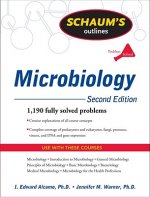
Schaum's Outline of Microbiology, Second Edition
656 Kč -
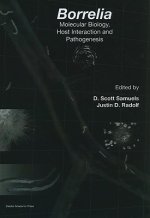
Borrelia: Molecular Biology, Host Interaction and Pathogenesis
6969 Kč -
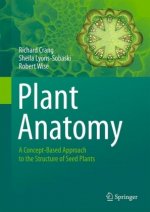
Plant Anatomy
1892 Kč -
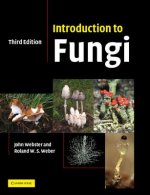
Introduction to Fungi
3220 Kč -
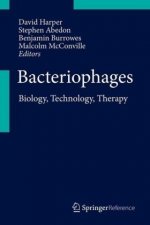
Bacteriophages
17105 Kč -
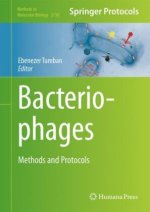
Bacteriophages
5603 Kč -
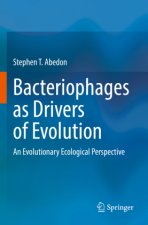
Bacteriophages as Drivers of Evolution
4005 Kč -
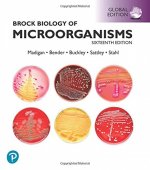
Brock Biology of Microorganisms, Global Edition
2019 Kč -

Parasite Rex (with a New Epilogue): Inside the Bizarre World of Nature'sMost Dangerous Creatures
277 Kč -
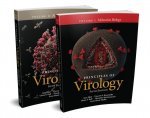
Principles of Virology, Fifth Edition Multi-Volume
4603 Kč -
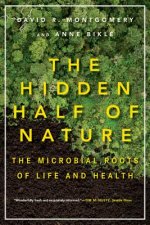
Hidden Half of Nature
388 Kč -
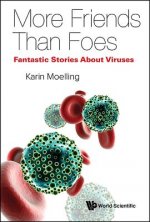
Viruses: More Friends Than Foes
828 Kč -

Hot Zone
303 Kč -
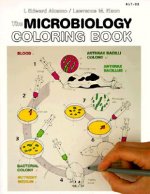
Microbiology Coloring Book
1069 Kč -
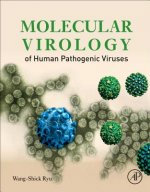
Molecular Virology of Human Pathogenic Viruses
2411 Kč -

Bad Advice
589 Kč -

Principles of Virology - Molecular Biology, Fifth Edition Volume 1
3108 Kč -
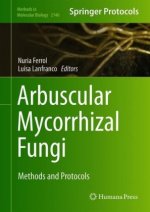
Arbuscular Mycorrhizal Fungi
5603 Kč -
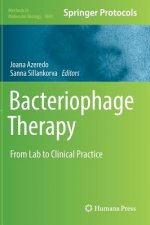
Bacteriophage Therapy
6578 Kč -
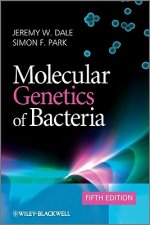
Molecular Genetics of Bacteria 5e
3405 Kč -
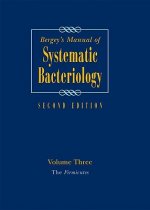
Bergey's Manual of Systematic Bacteriology
15342 Kč -
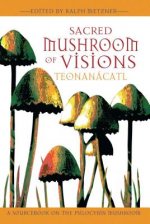
Sacred Mushroom of Visions
430 Kč -
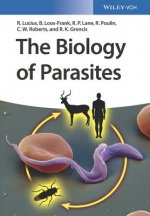
Biology of Parasites
2212 Kč -
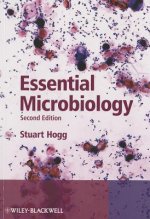
Essential Microbiology 2e
3021 Kč -
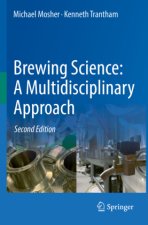
Brewing Science: A Multidisciplinary Approach
2422 Kč -

The Perfect Predator
381 Kč -
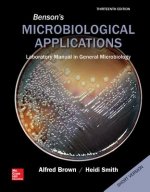
Benson's Microbiological Applications, Laboratory Manual in General Microbiology, Short Version
3945 Kč -

Field Guide to Bacteria
701 Kč -
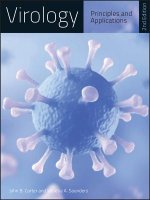
Virology - Principles and Applications 2e
1993 Kč -
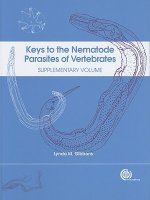
Keys to the Nematode Parasites of Vertebrates
7231 Kč -
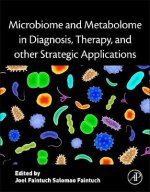
Microbiome and Metabolome in Diagnosis, Therapy, and other Strategic Applications
2641 Kč -
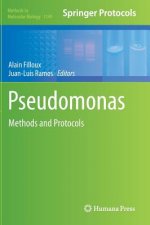
Pseudomonas Methods and Protocols
8953 Kč -
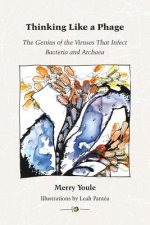
Thinking Like a Phage
891 Kč -
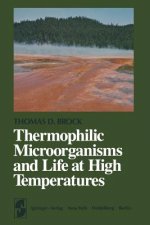
Thermophilic Microorganisms and Life at High Temperatures
2720 Kč -

The Perfect Predator
1220 Kč -
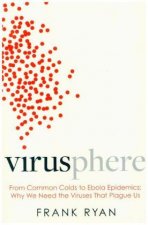
Virusphere
462 Kč -
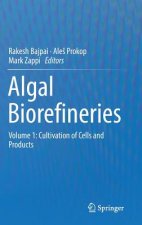
Algal Biorefineries
5094 Kč -
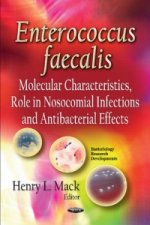
Enterococcus faecalis
7439 Kč -
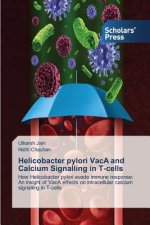
Helicobacter pylori VacA and Calcium Signalling in T-cells
1833 Kč -

Campylobacter jejuni
4798 Kč -
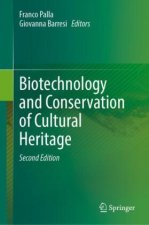
Biotechnology and Conservation of Cultural Heritage
5094 Kč -
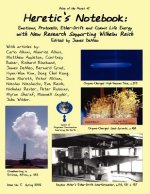
Heretic's Notebook
843 Kč -
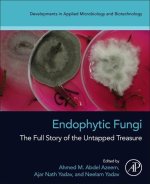
Endophytic Fungi
3938 Kč -

Role of Animals in Emerging Viral Diseases
2000 Kč -
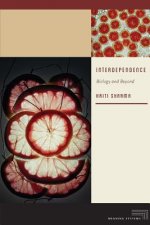
Interdependence
848 Kč -
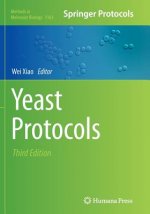
Yeast Protocols
3611 Kč -
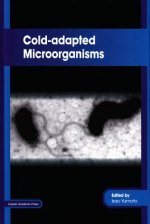
Cold-Adapted Microorganisms
6969 Kč -
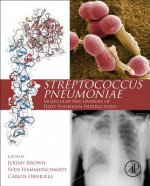
Streptococcus Pneumoniae
3544 Kč -
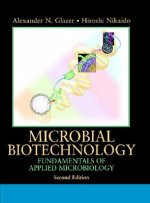
Microbial Biotechnology
1270 Kč
Osobní odběr Praha, Brno a 12903 dalších
Copyright ©2008-24 nejlevnejsi-knihy.cz Všechna práva vyhrazenaSoukromíCookies



 Vrácení do měsíce
Vrácení do měsíce 571 999 099 (8-15.30h)
571 999 099 (8-15.30h)